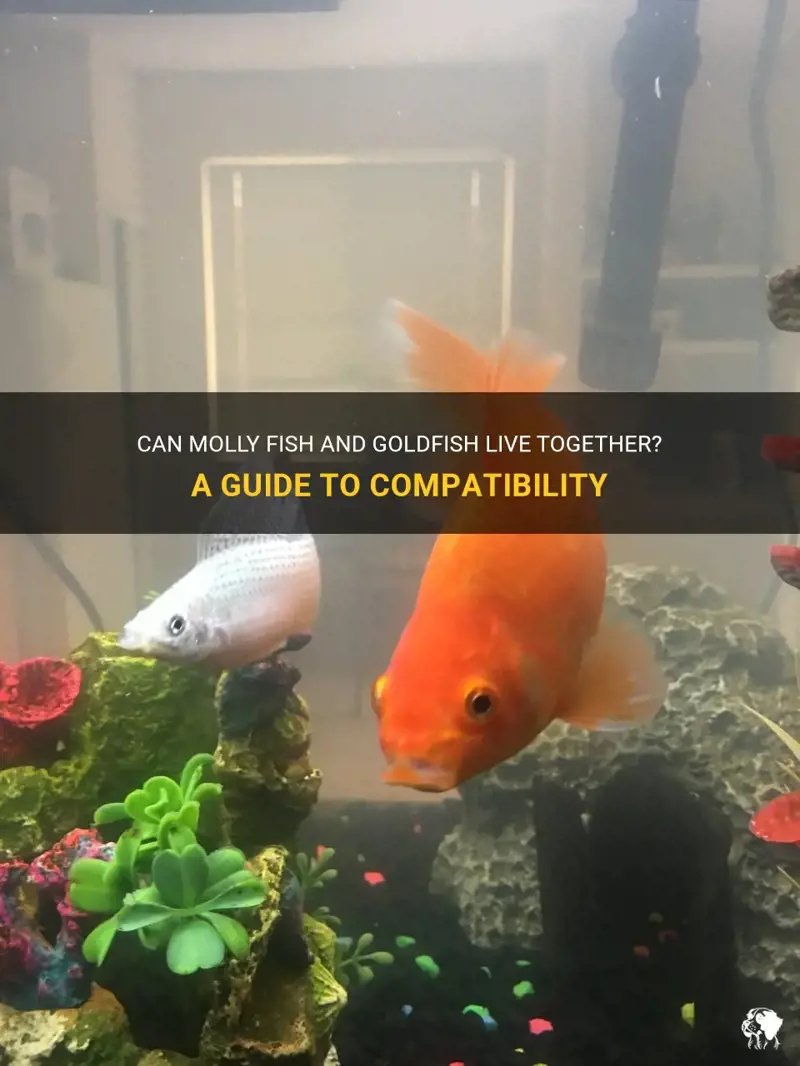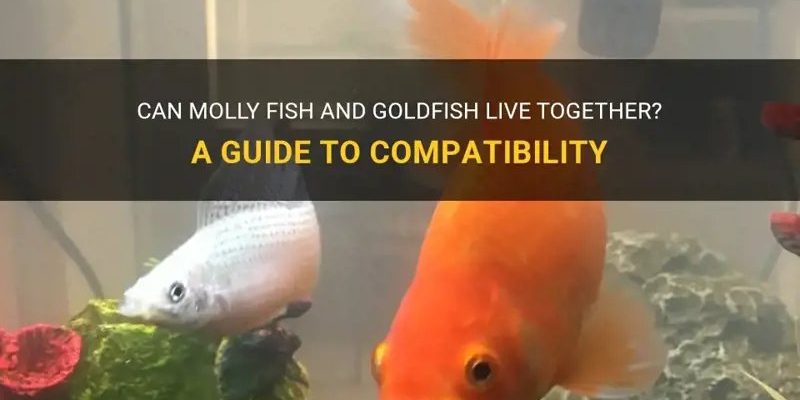
Goldfish are fascinating creatures with specific needs and behaviors. Understanding their compatibility with other fish is crucial if you’re thinking about creating a community tank. Here’s what you need to know about ensuring your goldfish and their potential pals get along swimmingly.
Understanding Goldfish Behavior
Goldfish are not just pretty faces; they have unique personalities and social behaviors. Generally, they are curious and social fish, but they can also be quite territorial, especially during breeding seasons. If you’re introducing new fish to a tank where a goldfish is already established, it’s vital to consider the goldfish’s temperament.
For example, goldfish thrive in cooler water, typically between 65°F and 75°F, and they produce a lot of waste. This means your tank needs to be well-filtered to keep the water clean and healthy. If you want to introduce other fish, they should be able to tolerate the same conditions. It’s like making sure your friends enjoy the same music at a party—otherwise, it can turn into an awkward situation.
Types of Goldfish
There are several varieties of goldfish, including the common goldfish, fancy goldfish like the Oranda and Ranchu, and the more delicate Lionhead. Each type has its own set of needs and social behaviors. For instance, fancy goldfish tend to have slower swimming patterns and may struggle to compete for food with faster fish species.
Knowing the type of goldfish you have will help you determine what other species might be compatible. Here’s a quick rundown:
- Common Goldfish: Active swimmers who need plenty of space.
- Fancy Goldfish: Generally slower and may require more attentive care.
- Are they territorial? Yes, this applies especially to males during breeding times.
Fish Compatibility: What to Consider
When thinking about adding other fish to your goldfish tank, compatibility is key. Factors like size, temperament, and environmental needs can make or break the peace in your aquarium. Here are some essential points to consider:
1. Size Matters: You don’t want to put a little fishy in with a hefty goldfish that could accidentally nibble it. Choose species that are similar in size.
2. Temperament: Try to avoid aggressive fish that might bully your goldfish. Fish like bettas or some cichlids might not play nice.
3. Environmental Needs: As mentioned, goldfish love cooler water, while many tropical fish prefer warmth. This can create a major problem if you’re not mindful.
It’s like trying to host a dinner party with guests who only like spicy food when you serve bland dishes—somebody’s going to leave hungry or upset.
Best Tank Mates for Goldfish
If you want your goldfish to have some company, there are certain fish that can be great tank mates. Here are a few compatible options:
- White Cloud Mountain Minnows: They thrive in cooler water and are peaceful.
- Rosy Barbs: These fish are hardy and can grow to a size that makes them safe to keep with goldfish.
- Snails and Shrimp: While not fish, they can help keep the tank clean and generally won’t bother the goldfish.
These choices make it easier for your goldfish to coexist happily. Just make sure to monitor everyone’s behavior as they settle in together.
Fish to Avoid with Goldfish
Not all fish will get along with goldfish, and some can even cause problems. Here are some species you should generally keep out of the tank:
- Aggressive Fish: Species like cichlids or bettas can be bullies.
- Tropical Fish: Many prefer warmer waters and could stress out your goldfish.
- Fast Swimmers: Fish like neon tetras may outpace goldfish during feeding time, leaving them hungry.
Choosing the wrong companions might lead to stress, illness, or aggression. It’s better to stick with compatible species to maintain harmony.
Setting Up the Right Environment
Creating a peaceful aquarium isn’t just about what fish are in it; it’s also about how you set it up. Here are some tips to foster a friendly atmosphere:
1. Adequate Space: Make sure your tank is large enough. Goldfish can grow quite big and need room to swim. A 20-gallon tank is often a good starting point for a couple of goldfish.
2. Proper Filtration: As waste producers, goldfish need clean water. Use a filter that can handle the bioload of all the fish in the tank.
3. Safe Hiding Spots: Adding plants, rocks, and decorations can provide hiding places for shy fish, helping them feel more secure.
It’s like setting up a cozy living room where everyone can relax and enjoy each other’s company without feeling crowded or threatened.
Monitoring the Community Tank
Once you’ve set up your tank and introduced your goldfish to their new friends, it’s essential to monitor their interactions. Watch closely for signs of stress or aggression. Some behaviors to look out for include:
– Fighting or Nipping: If you notice any of your fish chasing or nipping at each other, that could indicate a problem.
– Hiding: If one or more fish are constantly hiding, they might be feeling stressed or bullied.
– Changes in Activity: A sudden drop in activity could mean that something’s off in the tank.
You might also want to keep an eye on your water quality regularly. Remember, a healthy community tank starts with healthy water!
When to Separate Fish
If compatibility issues arise, it may be necessary to separate your goldfish from their tank mates. Signs that you need to make changes include:
– Too Much Aggression: If fighting persists, it’s best to create a peaceful environment by moving one of the culprits.
– Illness: If one fish falls ill, they may need isolation to prevent spreading diseases to the others.
– Stress Signs: Fish that are constantly hiding or displaying abnormal behaviors may need a more tailored environment.
Here’s the thing: sometimes it’s better for everyone involved.
Goldfish can indeed live with other fish, but it takes careful planning and consideration. By understanding their behavior, choosing compatible species, and creating a suitable environment, your goldfish can enjoy the company of others.
Think of it as hosting a delightful gathering where all your fish friends can thrive and coexist peacefully. With a bit of patience and observation, you’ll be on your way to creating a harmonious aquarium that’s both beautiful and balanced. Happy fish-keeping!

